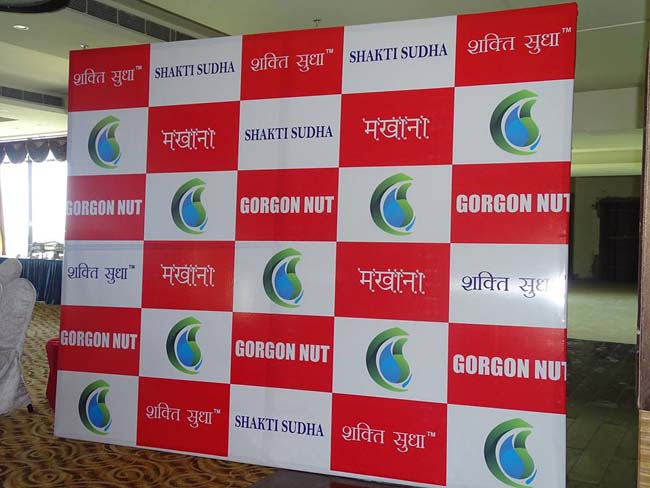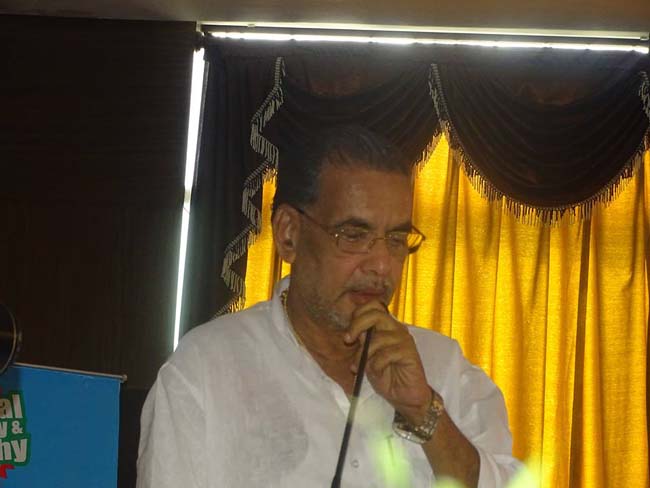|
31/08/2014
Now makhana to be cultivated in farmland: Radha Mohan |
Patna,(BiharTimes): Union Agriculture Minister Radha Mohan Singh on Saturday said that scientists at Indian Council of Agricultural Research (ICAR) have developed a new seed of ‘makhana’ called ‘Suvarna Vaidehi’. The special thing about it is that instead of being cultivated in just ponds and lakes, it can be cultivated in the fields just like paddy.
Talking to the media in Patna he said farmers can now integrate makhana to their crop cycle. He said Prime Minister Narendra Modi had planned ‘Kesar Kranti’ (Saffron Revolution) for Jammu and Kashmir, and ‘Makhana Revolution’ for Bihar to realise the goal of all-round agricultural development in the form of Second Green Revolution, especially in eastern region. According to the minister the ICAR scientists have tested this seed in over 103 hectares and it has been found to be very successful. The quality of the crop is very good. The seed has been notified for use in Bihar. He said the government has also planned to integrate pisciculture and ‘singhara’ (water chestnut) farming with it. The Minister expressed concern over the decline in the area of water-bodies over which ‘makhana’ is cultivated in the state from 20,000 hectare in 2001-02 to 13,000 hectare in 2012-13 and added that new seed would liberate makhana farmers from dependence on ponds and water-bodies to cultivate it. It is rich in iron, potassium, calcium, phosphorus and magnesium. The current production of makhana in the state is pegged at around 25,000 tonnes per annum of which around 10,000 tonnes is processed. The market size of its trade is around Rs 300 crore a year. Radha Mohan Singh said much of makhana is lost in processing because there are no proper implements for processing and washing works. He said condition of Makhana Research Centre established in Darbhanga was pathetic as only five scientists were working there against a sanctioned strength of 11, and just one residential quarter was available to them on the campus.
| |



